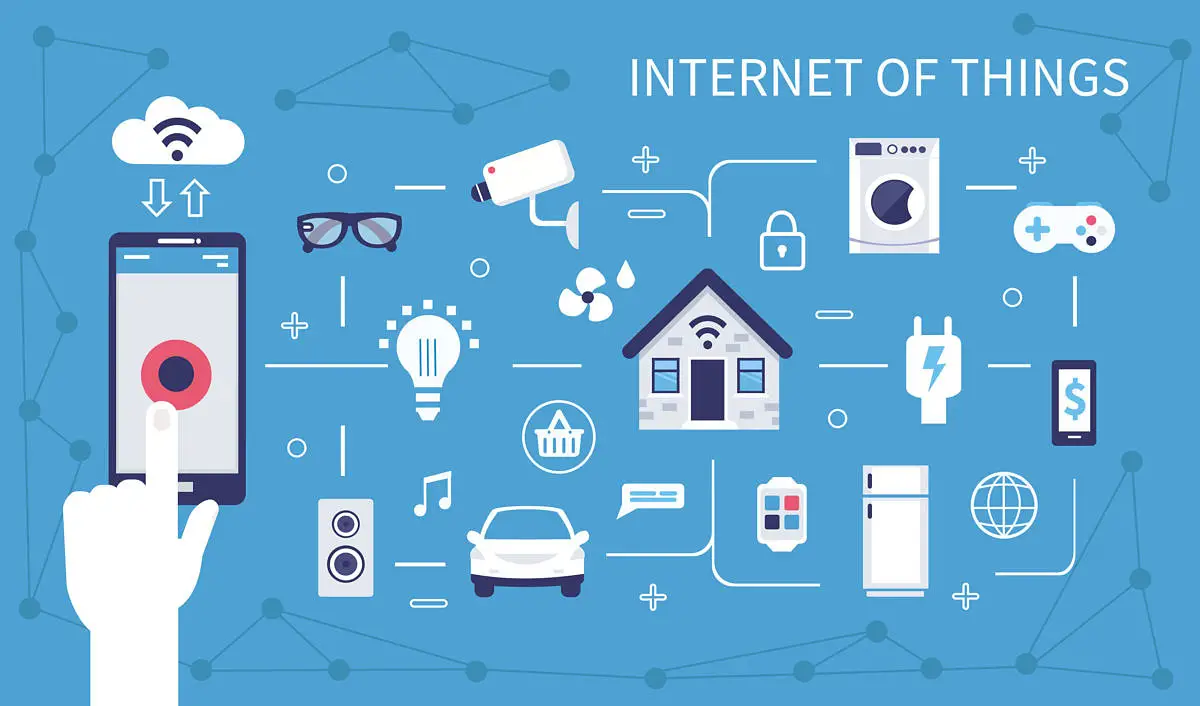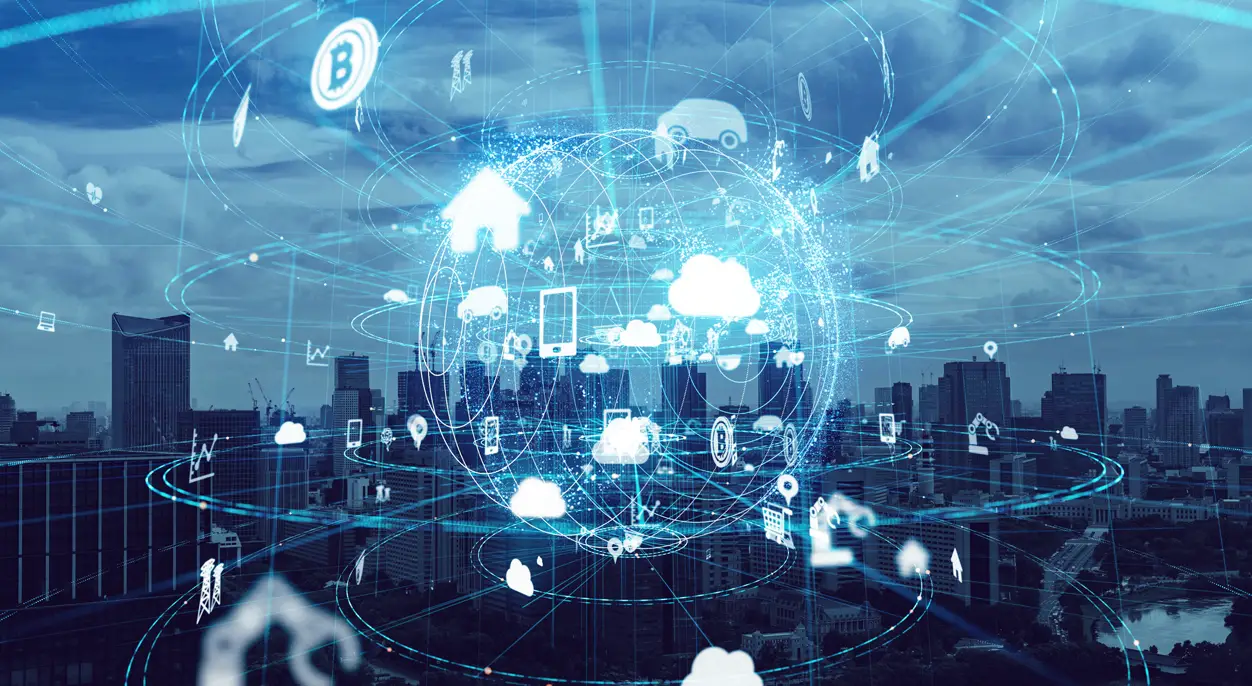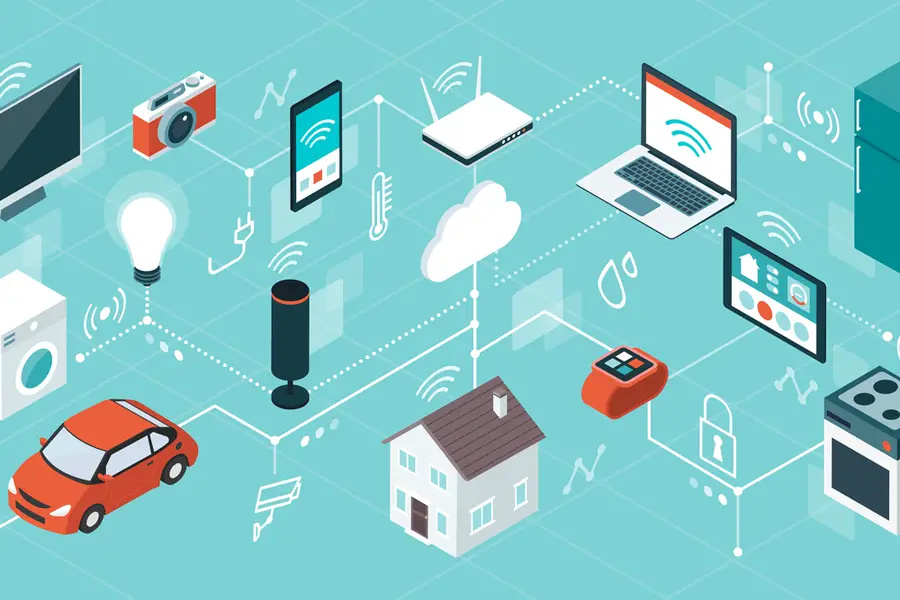AI and the Internet of Things: Creating Smart Environments

The Internet of Things (IoT) is a network of physical objects embedded with electronics, software, sensors, and network connectivity, enabling them to collect and exchange data. The integration of Artificial Intelligence (AI) with IoT is transforming the way we interact with our surroundings, creating smart environments.

Smart Homes and Buildings:

IoT devices can automate tasks in homes and buildings, making them more efficient and convenient. AI algorithms analyze data from sensors to optimize energy consumption, adjust temperature, and create personalized lighting scenarios. This integration creates smart homes that respond to our needs and improve our living experiences.
Smart Cities:
IoT sensors deployed in cities collect data on traffic patterns, pollution levels, and resource consumption. AI analyzes this data to identify trends, predict events, and optimize urban infrastructure. The resulting smart cities improve transportation efficiency, enhance public safety, and promote sustainable practices.
Healthcare and Wellness:
IoT devices worn by individuals can monitor vital signs, track activity levels, and detect emergencies. AI algorithms analyze this data to provide personalized health recommendations, facilitate early disease detection, and improve overall well-being. IoT-enabled medical devices also enhance healthcare delivery by monitoring patients remotely and delivering real-time insights to caregivers.
Industrial Automation and Manufacturing:
In industries, IoT sensors and AI algorithms are revolutionizing production processes. They optimize inventory management, predict equipment failures, and improve supply chain efficiency. AI-driven quality control systems ensure product quality and reduce manufacturing defects. By automating repetitive tasks and providing insights into complex processes, IoT and AI drive industrial productivity and competitiveness.
Security and Surveillance:
IoT sensors and AI enable advanced security and surveillance systems. Cameras equipped with AI algorithms can detect suspicious activities, recognize individuals, and analyze behavioral patterns. Smart doorbells and locks provide enhanced home security, while IoT sensors deployed in public areas improve crime prevention and public safety.
Environmental Monitoring and Conservation:
IoT devices and AI algorithms are used extensively for environmental monitoring and conservation efforts. Environmental sensors collect data on pollution levels, air quality, and climate conditions. AI analyzes this data to identify environmental concerns, predict air pollution events, and implement mitigation strategies. This integration supports efforts to safeguard our planet and promote sustainable living.
In conclusion, the integration of AI and IoT is shaping our physical environments, creating smart systems that improve our lives. From homes and buildings to cities and industries, IoT and AI are transforming the way we interact with our surroundings, enhancing efficiency, convenience, safety, and well-being.
